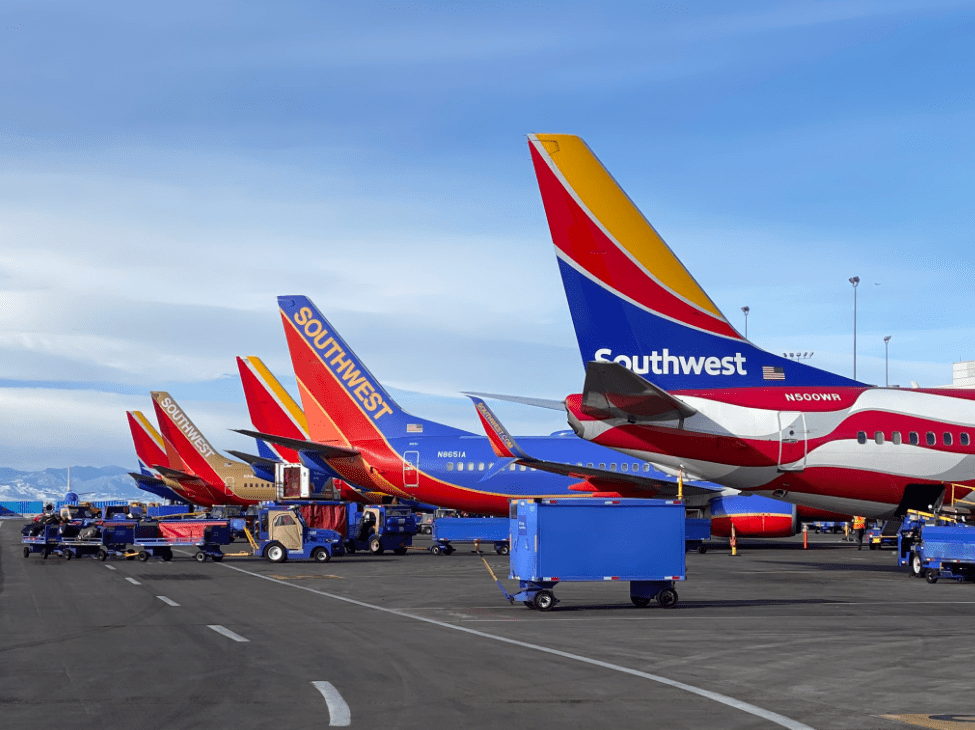
271816162 10160332998613949 5368242268435782087 n
The stories from passengers are well-documented. What did it look like from an impersonal point of view? Southwest’s holiday meltdown was a test of resilience.
Here’s a view of the number of US domestic flights for the past 700 days and the average number of passengers per flight. The dropoff in flights was seasonal based on last year’s similar time. The 2022 number was appreciably lower, though, and, worst of all, look at the number of people per flight going the other way. The meltdown came at an awkward time.

Looking at the last 100 days, we see the following. The big US airlines went into a December 25 slump – a slow traffic day. They all came back with strong schedules on December 26. But not Southwest. It crashed harder and took until December 31 to return to its usual flight schedule.

Once it restored its schedule, Southwest moved into the #2 slot for the number of flights operated. Whereas other airlines had fewer scheduled flights on January 1, Southwest kept its schedules at higher levels and, for that date, was #1. Southwest’s climb from December 29 to January 1 is impressive. It had to be an “all hands on deck” effort.
Here’s another view of Southwest’s 100-day schedule. The slump was huge, but the recovery is equally impressive.

Another view of the Southwest fleet activity shows that the airline’s fleet typically does five daily flights. With close to 700 active tail numbers, this is no small operation to recover. But they did it more quickly than probably anyone thought possible.

While there are plenty of questions about management choices and decisions that allowed this meltdown, cheer the Southwest flight crews, airport employees, and back-office support staff who pulled out all the stops to fix this. They did heroic work to recover the schedule and move customers where they wanted to, showing remarkable resilience.
Views: 0




